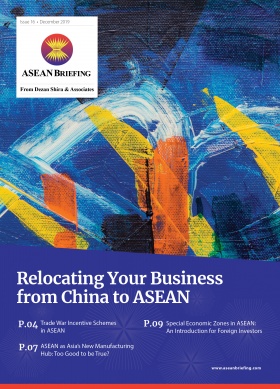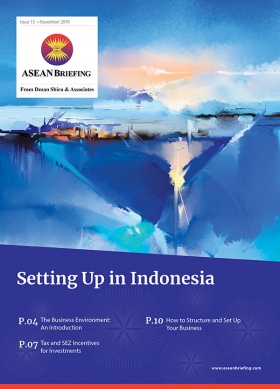A Guide on Myanmar’s New Insolvency Law
- On February 14, 2020, Myanmar passed its new Insolvency Law, which aims to introduce a modern insolvency regime for investors and entrepreneurs.
- The law adopts the United Nations Commission on International Trade Law (UNCITRAL) Model Law on cross-border insolvency, providing greater legal certainty on transnational insolvency issues.
- The law aims to protect micro, small, and medium enterprises by focusing on corporate rescue and debt rehabilitation.
On February 14, 2020, the government passed the new Insolvency Law, which replaces the Yangon Insolvency Act of 1909 and the Myanmar Insolvency Act of 1920.
The new law was initially approved in early 2019, and developed in cooperation with the Asian Development Bank (ADB). It aims to provide a modern insolvency regime by adopting the United Nations Commission on International Trade Law (UNCITRAL) Model Law on cross-border insolvency.
The Insolvency Law addresses both corporate and personal insolvency, with a focus on protecting micro and small to medium (MSME) enterprises.This article provides a general guide on the matter. Foreign investors should seek the help of experienced insolvency advisors to better understand the implications of the new law.
Rehabilitation manager
Businesses that are financially distressed can either choose a form of liquidation (closing the business and distributing its assets to any claimants) or pursue a rehabilitation process (satisfying creditors with any future earnings so that the business can continue).
Under the new law, businesses pursuing the rehabilitation process must hire an insolvency practitioner, also known as the rehabilitation manager. The rehabilitation manager is responsible for preparing the rehabilitation plan of the company, which must be submitted to the creditors no less than three months after the appointment of the manager.
During the rehabilitation process, the rehabilitation manager assumes personal liability for the debts of the business incurred during the process.
Cross-border insolvency
The new law will implement the United Nations Commission on International Trade Law (UNCITRAL) Model Law on cross-border insolvency. This law provides a model framework for solving financial distress for companies that have creditors or assets in more than one state.
The law helps to facilitate the rescue of financially troubled companies, thereby protecting investments and employment regardless of jurisdiction.
A focus on MSMEs
MSMEs are defined as a business having debts of no more than US$7,500 or an individual or partnership with debts of no more than US$750.
MSMEs make up the backbone of the country’s economy and the new law contains a stand-alone regime that aims to provide appropriate ‘corporate rescue’ plans to financially distressed MSMEs, rather than opt for immediate liquidation action. The government hopes this will enable small businesses to return to productivity.
Personal insolvency
The Insolvency Law encourages debtors to reach, if possible, a voluntary arrangement with their creditors. The voluntary arrangement is a legally binding agreement between the debtor and creditor(s) to write off part of the debt or pay over a fixed period of time – usually with no interest.
About Us
ASEAN Briefing is produced by Dezan Shira & Associates. The firm assists foreign investors throughout Asia and maintains offices throughout ASEAN, including in Singapore, Hanoi, Ho Chi Minh City and Jakarta. Please contact us at asia@dezshira.com or visit our website at www.dezshira.com.








